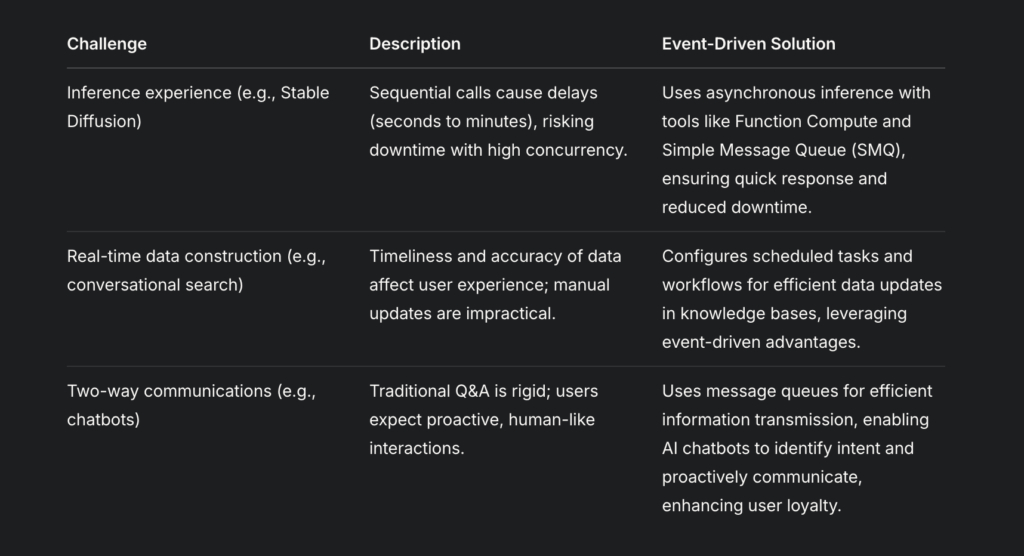The coding landscape at Microsoft is undergoing swift change owing to the evolving application of artificial intelligence. As outlined by Satya Nadella, the company’s CEO, AI makes up about 20 to 30 percent of the code within company repositories, and that figure could jump to 95% by 2030, especially for AI’s Python Language.
During the ‘LlamaCon’ conference in a dialogue with Mark Zuckerberg, Nadella also remarked on AI’s increasing prominence in software engineering task automation. He pointed out that Python retains the lead in AI-generated code, while languages such as C++ tend to lag far behind due to complexities in adoption.
Microsoft’s Chief Technology Officer Kevin Scott shares this view, predicting a long-term shift where AI will substantially dominate code writing, calling this an inevitable change in development workflows.
A Broader Industry Trend
Microsoft isn’t the only one to experience this change. Just last week, Google’s CEO Sundar Pichai said that over 30 percent of Google’s code is also being AI generated. Neither of the tech companies, however, provided any insight on how those numbers are calculated, which opens them up to some interpretation.
The concern with not measuring the contributions of AI accurately is that AI code generation is not uniform. Equality could be measured by how companies measure contributions—whether that’s by lines committed, code accepted, pull requests merged, etc.
The Main Takeaway
Although it’s possible to argue about the precise figures, one thing is clear: AI is increasingly becoming integrated within software engineering at leading tech companies. If the current trends continue, it seems we may be heading towards a time in the future where human developers engage more with problem-solving and design while AI does most of the coding.
